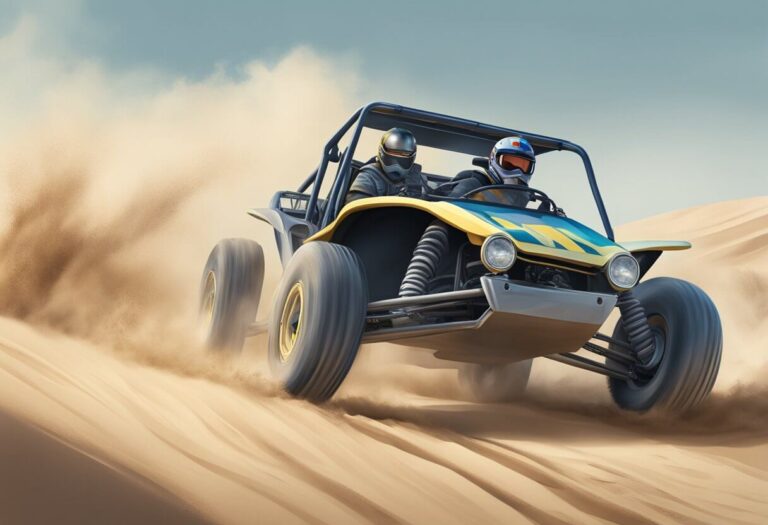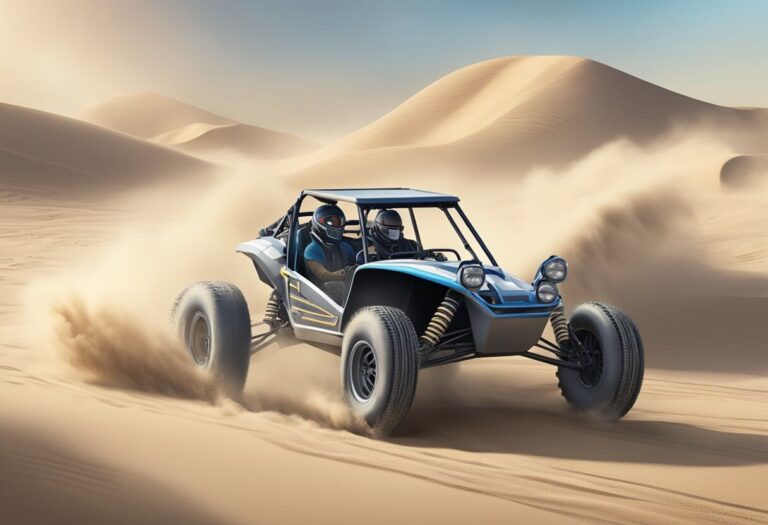Road Legal Dune Buggy: Everything Explained!!
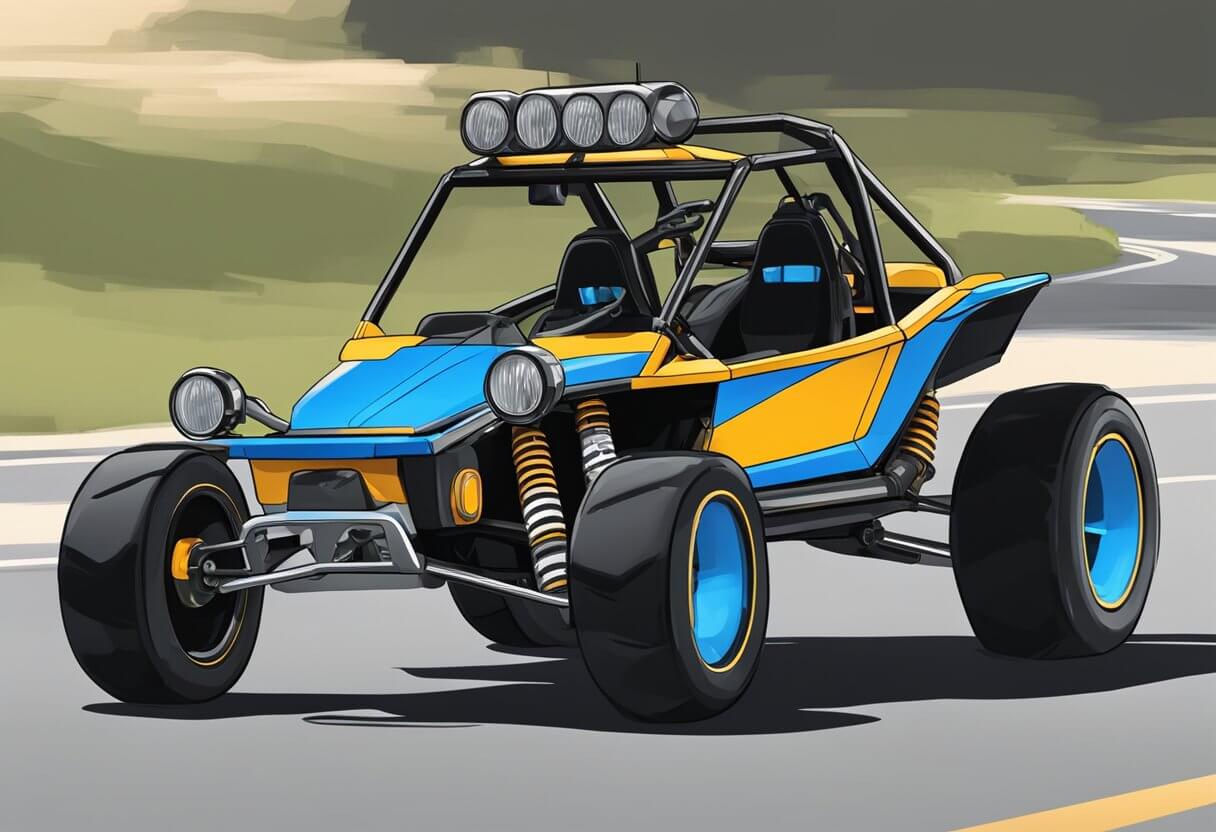
Dune buggies are off-road vehicles designed to traverse sand dunes, beaches, and desert terrain. These vehicles are typically lightweight and feature powerful engines, making them ideal for navigating challenging terrains. However, not all dune buggies are street legal, which limits their use to off-road environments only.
A road legal dune buggy, on the other hand, is a dune buggy that has been modified to meet on-road regulations. This means that it can be driven on public roads, allowing enthusiasts to explore both off-road trails and city streets. Road legal dune buggies are becoming increasingly popular due to their versatility and unique design. They are often used for recreational purposes, such as cruising around town or exploring off-road trails, but can also be used for transportation.
There are several factors to consider when purchasing a road legal dune buggy, including safety features, engine power, and price. It is important to ensure that the vehicle meets all safety standards and regulations for on-road use, as well as any specific requirements for your state or region. Additionally, the engine power should be sufficient for your intended use, whether it be cruising around town or tackling more challenging terrains. Finally, the price should be within your budget and reflect the quality and features of the vehicle.
Definition of a Road Legal Dune Buggy
A road legal dune buggy is an off-road vehicle that has been modified to meet the requirements for legal operation on public roads. These vehicles are designed for use on sand dunes, beaches, and other rough terrains, but they are also capable of general off-road riding in most other terrains as well.
To be considered road legal, a dune buggy must meet certain safety and environmental regulations set by the state. This includes requirements for lighting, brakes, seat belts, exhaust emissions, and more. Additionally, the vehicle must be registered, insured, and have a valid license plate.
Some of the key features of a road legal dune buggy include a lightweight tubular frame, powerful engine, and durable suspension system. These vehicles often have a unique design that sets them apart from traditional cars and trucks, with open-air cabins and oversized wheels and tires.
When considering a road legal dune buggy, it is important to research the specific requirements in your state and ensure that the vehicle you are considering meets those requirements. It is also important to follow all safety guidelines and operate the vehicle responsibly to ensure a safe and enjoyable experience on the road.
Requirements for Road Legality

When it comes to making a dune buggy road legal, there are several requirements that must be met. These requirements vary from state to state, so it is important to research the specific laws and regulations in your area before attempting to operate a dune buggy on public roads.
Safety Equipment
Safety is a top priority when it comes to making a dune buggy road legal. The Department of Transportation (DOT) has several requirements in place to ensure that these vehicles are safe to operate on public roads. Some of the safety equipment that may be required includes:
- Seat belts
- Roll bars or cages
- Windshield wipers
- Headlights, taillights, and turn signals
- Mirrors
- Brakes
It is important to note that the specific safety equipment required may vary depending on the state in which you live.
Emissions and Environmental Compliance
In addition to safety equipment, dune buggies must also meet certain emissions and environmental compliance standards in order to be road legal. This may include requirements for exhaust systems, emissions testing, and more.
Vehicle Registration and Documentation
Finally, in order to make a dune buggy road legal, it must be properly registered and documented with the state. This typically involves obtaining a title, registration, and license plates for the vehicle. Some states may also require additional documentation, such as proof of insurance or a safety inspection.
Overall, making a dune buggy road legal can be a complex process that requires careful attention to detail and a thorough understanding of the laws and regulations in your area. However, with the right equipment and documentation, it is possible to enjoy the thrill of off-road driving while still complying with all applicable laws and regulations.
Dune Buggy Construction
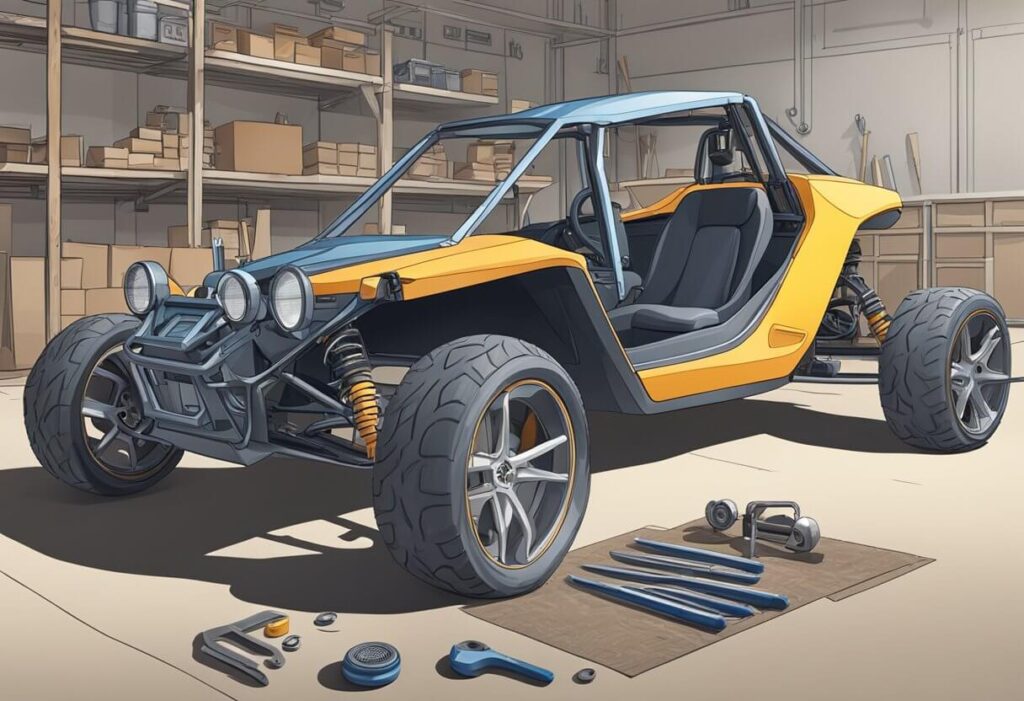
When it comes to constructing a road-legal dune buggy, there are several factors to consider. The following subsections will outline the key components of a dune buggy and the considerations that need to be taken into account.
Chassis and Bodywork
The chassis and bodywork of a dune buggy are crucial for both the safety and aesthetics of the vehicle. The chassis should be lightweight yet sturdy, with a tubular design that provides both strength and flexibility. The bodywork should be aerodynamic, with a low profile and minimal drag.
Engine and Transmission
The engine and transmission are the heart of any dune buggy. The engine should be powerful enough to handle the demands of off-road driving, yet efficient enough to meet emissions standards. The transmission should be designed for both high-speed and low-speed driving, with the ability to shift smoothly between gears.
Suspension and Tires
The suspension and tires are critical components of a dune buggy, providing both stability and maneuverability. The suspension should be designed to handle the rough terrain of off-road driving, with long travel shocks and adjustable dampening. The tires should be large and aggressive, with deep treads that provide traction on loose surfaces.
Inspection and Certification Process

Before a dune buggy can be considered road legal, it must pass a thorough inspection process and obtain the necessary certifications. The process can vary depending on the state, but generally includes the following steps:
- Safety Inspection: The dune buggy must undergo a safety inspection to ensure that it meets all the necessary safety standards. This inspection usually includes checks on the brakes, lights, tires, and other essential components.
- Emissions Inspection: The dune buggy must also undergo an emissions inspection to ensure that it meets the necessary emissions requirements. This inspection is especially important in states with strict emissions standards.
- Certification: Once the dune buggy has passed both the safety and emissions inspections, it will be issued a certificate of compliance. This certificate is required in order to register the vehicle with the DMV and obtain license plates.
It is important to note that the inspection and certification process can be quite rigorous, and not all dune buggies will be able to meet the necessary requirements. However, with the right modifications and upgrades, it is possible to make a dune buggy road legal and enjoy all the benefits of driving it on public roads.
Insurance for Dune Buggies
Dune buggies are fun to drive, but they can also be dangerous. Therefore, it’s essential to have insurance coverage for your dune buggy. Insurance coverage will not only protect you but also cover the damages that you may cause to others.
There are different types of insurance coverage for dune buggies, but the most common is liability coverage. Liability coverage protects the driver in case of an accident involving injury or property damage to another person. It is important to note that this coverage does not protect the driver or the dune buggy itself.
In addition to liability coverage, other types of coverage are available for dune buggies, including comprehensive and collision coverage. Comprehensive coverage pays for damage to your vehicle if hit by an object, damaged by weather, or stolen. Collision coverage pays for damage to your vehicle in an accident.
When purchasing insurance for your dune buggy, it’s important to shop around and compare rates from different insurance providers. Some insurance companies specialize in offering coverage for off-road vehicles, so it’s worth checking them out.
It’s also essential to understand the laws and regulations regarding dune buggy insurance in your state. Some states require that dune buggies be registered and insured, while others may not. Additionally, some states may have specific requirements for equipment or modifications that must be made to a dune buggy before it can be considered street legal.
In conclusion, having insurance coverage for your dune buggy is crucial. Liability coverage is the most common type of coverage, but other types of coverage are also available. Shop around for the best rates and make sure you understand the laws and regulations regarding dune buggy insurance in your state.
Modifications and Custom Builds
Aftermarket Parts
When it comes to making a dune buggy road legal, aftermarket parts can be a great option. Upgrading your braking system is a must, and you can find kits that include heavy-duty brake pads, brackets, conversion rotors, and calipers. Additionally, you may want to consider upgrading your suspension system to handle the added weight and stress of driving on paved roads.
Other aftermarket parts that can improve the safety and performance of your road legal dune buggy include:
- Seat belts and harnesses
- Roll cages
- Headlights, taillights, and turn signals
- Mirrors
- Horns
- Windshields
- Tires designed for both on- and off-road use
It’s important to note that not all aftermarket parts are legal for use on public roads. Be sure to check with your local DMV or law enforcement agency to ensure that any modifications you make comply with regulations.
Custom Fabrication
For those looking for a truly unique road legal dune buggy, custom fabrication may be the way to go. A skilled fabricator can create a one-of-a-kind vehicle that meets all necessary safety and legal requirements while also reflecting your personal style and preferences.
Custom fabrication may include:
- Building a new frame from scratch
- Modifying an existing frame to meet road legal requirements
- Creating a custom body
- Designing and fabricating a custom suspension system
- Installing custom lighting and electronics
Custom fabrication can be expensive, but it allows for a high degree of customization and creativity. It’s important to work with a reputable and experienced fabricator who can ensure that your vehicle is safe, reliable, and road legal.
Legal Challenges and Considerations
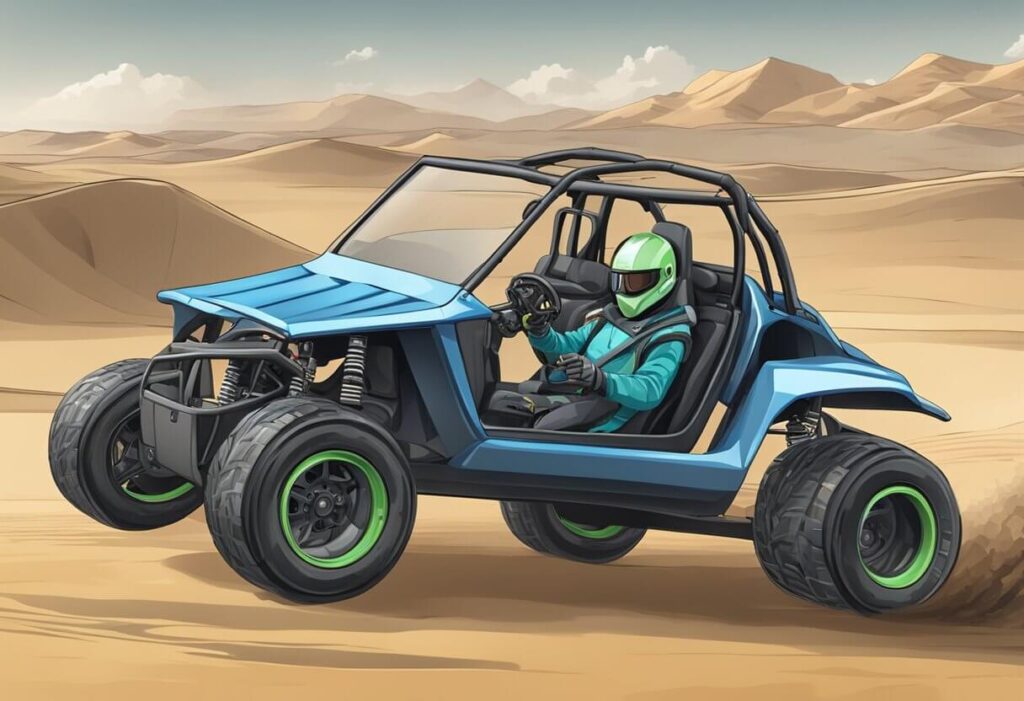
When it comes to driving a dune buggy on public roads, there are a number of legal challenges and considerations that must be taken into account. Here are some key factors to keep in mind:
State Regulations
Each state has its own set of regulations regarding the use of dune buggies on public roads. Some states allow them to be registered and titled for street use, while others prohibit them from being driven on public roads altogether. It is important to research the regulations in your state before attempting to drive a dune buggy on public roads.
Safety Requirements
In order to be street legal, a dune buggy must meet certain safety requirements. These may include features such as headlights, turn signals, and seat belts. Additionally, the vehicle must be inspected by a certified mechanic to ensure that it is safe for use on public roads.
Insurance
Just like any other vehicle, a dune buggy must be insured in order to be driven on public roads. It is important to obtain the proper insurance coverage before taking your dune buggy out on the road.
Licensing
In order to drive a dune buggy on public roads, the driver must have a valid driver’s license. Additionally, some states may require additional licensing or certification in order to operate a dune buggy on public roads.
Off-Road Use
While dune buggies are designed for off-road use, it is important to keep in mind that they may not be suitable for all types of terrain. It is important to use caution and common sense when driving a dune buggy off-road, and to avoid areas where the vehicle may not be able to safely navigate.


